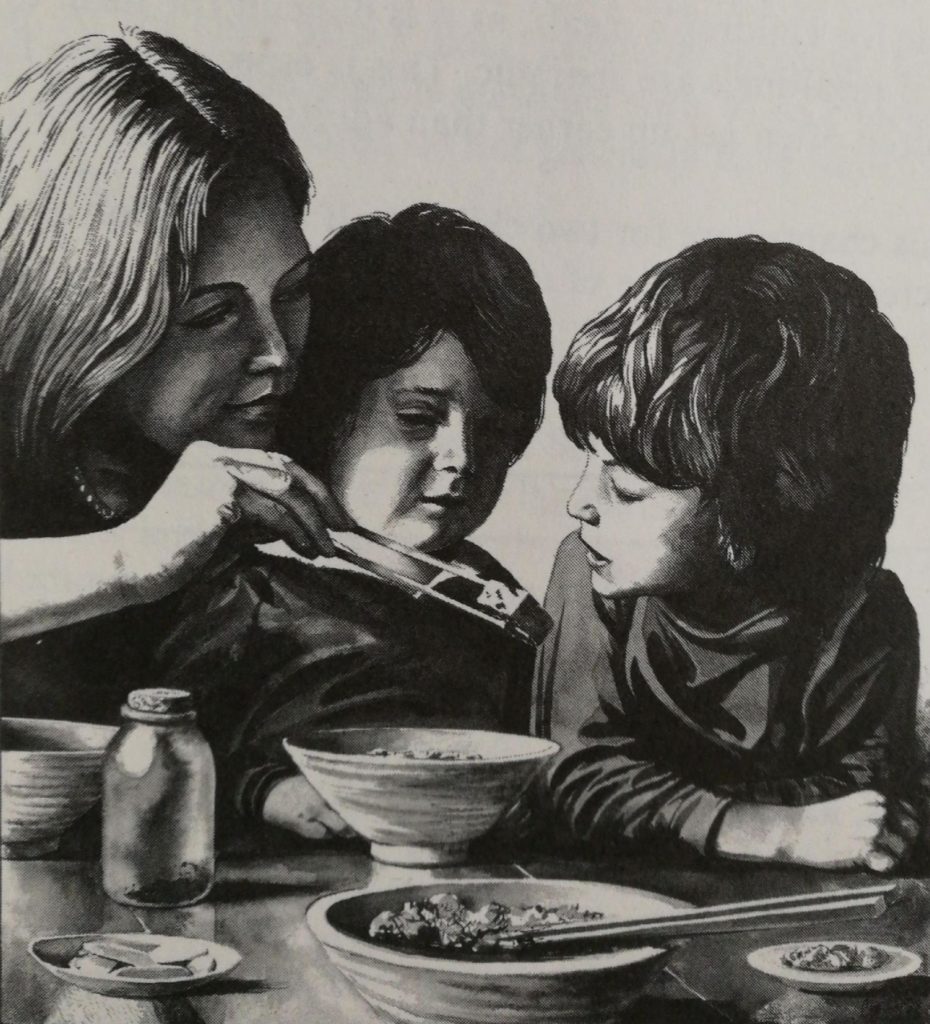I work in Sha Wellness Clinic, a resort on the Mediterranean Coast, in the east of Spain.
I had dinner with guests some weeks ago and one of them mentioned she was surprised by how delicious the food was. She thought macrobiotics was an old-fashioned diet.
Macrobiotics evolves as well as other fields do. “Vintage macrobiotics” does exist. I invented this term in order to distinguish it from other more modern versions. If macrobiotics had a golden age, it would be the 80’s. During that decade, there was a great increase in the number of publications, speeches and schools.
The macrobiotics that was practised during that time is the macrobiotics that has remained in the collective mind.
How was macrobiotics in the 80’s?
It was a type of diet with the following characteristics:
- Almost vegan. White fish was consumed either once or, at most, twice a week.
- Soft flavours (bland diet). Spices, salt or foods with intense flavours (eggs, meat, fats, dairy products, sugar) were barely used.
- Low-fat diet. Non-animal fat sources. Sesame oil was used for sauté recipes, a very small quantity (1 teaspoon every day or every two days per person, as The Macrobiotic Way book recommends)
- Japanese orientation. Typical products from Japan were used, as for example, condiments (rice vinegar, umeboshi, shiso…), rice, seaweed, and miso soup.
- Presence of grain, little bread and pasta. Grain was consumed three times a day.
- No sweets. At most some some desserts made with apples or pears.
- Neither frozen nor canned foods. Consuming fresh and organic foods was promoted.
- Cooking took time. Grain and pulses were of great importance on this type of diet.
- Several courses. Another factor that took time was the elaboration of several courses: soup, second course, steamed vegetables, tea.
- Little use of raw foods: fruit and salads.
Nowadays, with the contribution of the second and third wave (see “Start Here” and read Kushi’s Students), the practice of macrobiotics has turned into something more complex. There is not only one model or type of diet, but several, depending on the teachers and on the case that it is applied to. We may find such extreme cases from teachers who recommend a total vegan diet to teachers who include some portions of meat and bones broths.
I will try to explain in other post why such a coexistence occurs.
In any case, we may observe the evolution in the practice of macrobiotics, as for example:
- In some cases, there are more animal source foods.
- It is tastier. It contains a bigger quantity of healthy fats like olive oil and avocado.
- It does not depend on Japanese products, but on the traditional products of the place where it is applied.
- Practical and fast ways of applying it are looked for, with the help of planning and of the fridge.
- More fruit and salads are included.
To sum it up, although the origins take us to a diet from the 80’s, there has always been progress through the activity of Michio Kushi’s students. Despite the fact that teachers sometimes take different directions (more or less animal source foods), in every case the diet is richer, as it includes a bigger variety of dishes, and more options from other cultures as well as more flavours. For that reason, the guest I had in Sha found it to be such a rich diet.
NOTES
[1] Image of the post coming from the book: Kushi, A. and Esko, W. (1987). Macrobiotic Family Favorites. Tokyo and New York: Japan Publications, Inc. P. 87
[2] The book where 1 teaspoon of sesame oil a day was recommended: Kushi, M. y Blauer, S. (1985). The Macrobiotic Way. Wayne (New Jersey): Avery Publishing Group Inc. P. 76


Join the Macrobiotic School email list
Join the Macrobiotic School email list to receive each new post in your inbox
Please check your inbox and confirm your suscription.